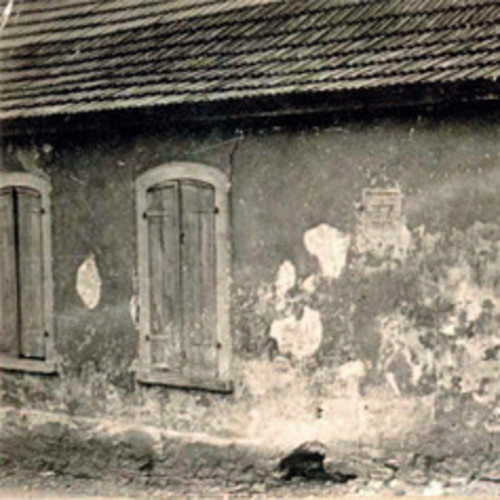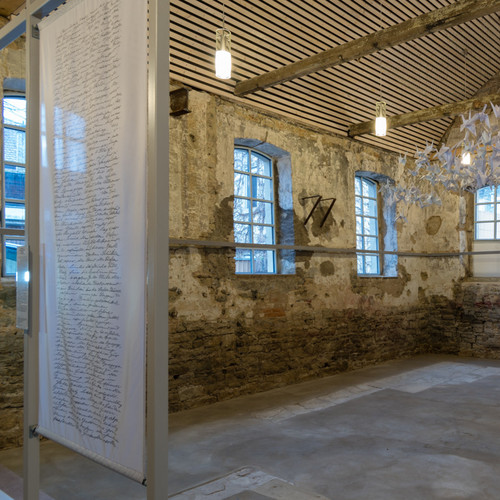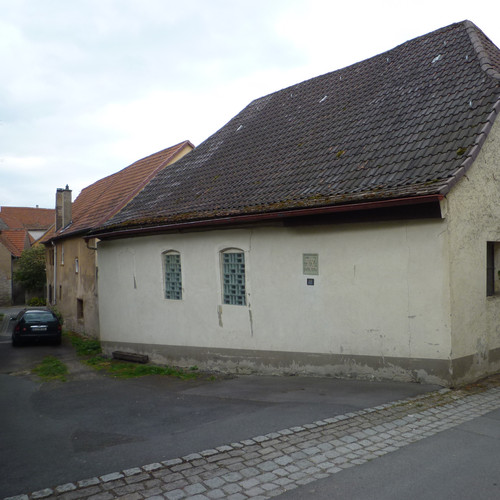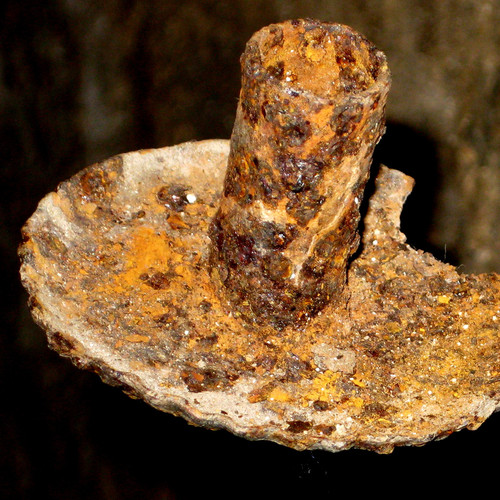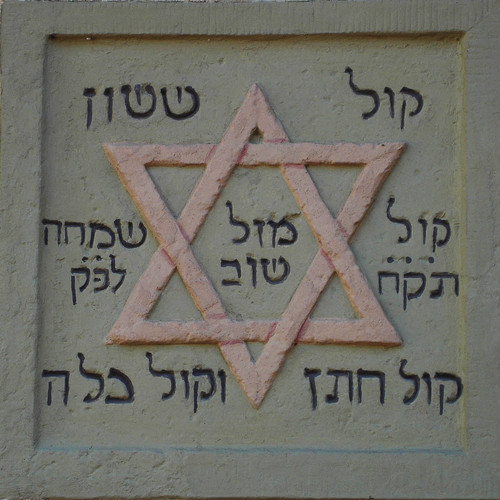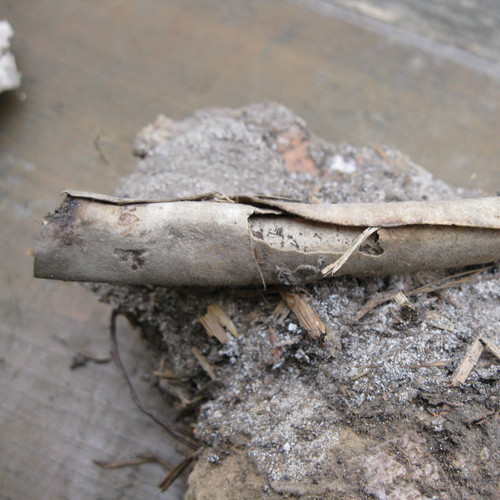THE FRANCONIAN RURAL JUDAISM
Development in the Middle Ages - The End of Jewish Communities in the Cities
From the 12th century there are first source references for Jewish population in Franconia. Anti-Jewish excesses during the First Crusade in 1096 had forced Jews to flee from cities on the Rhine with traditional Jewish communities (Cologne, Mainz, Worms and Speyer). After the cities - the earliest Jewish community is documented for Würzburg (1147) - Jewish settlements with synagogues were also formed in smaller towns. From the beginning, they were victims of persecution and pogroms in Franconia as well. Nevertheless, the Jewish communities experienced an upswing and a cultural heyday during this period. The pogroms of the year 1298 brought a big break. They were triggered by the false rumor that Jews had desecrated the hosts (Hostienfrevellegende). It is estimated that 5000 Jews were killed in Franconia. The communities were able to stabilize again in the following decades, albeit at a numerically lower level. Half a century later, another and even more terrible catastrophe followed. When the plague ravaged Europe from 1347 onward, the accusation was made that Jews had poisoned the wells and thus triggered the epidemic. This delusion also led to terrible massacres in Franconia in 1349. The year 1349 brought the end of the large Jewish communities in Franconia. However, not only religious ideas, but also purely material interests were decisive for this.
In the following decades, smaller Jewish communities re-emerged, mainly in the cities. Finally, from the late 15th century onward, the authorities began a systematic repression of the Jews. In the interest of a religiously uniform subject, there were "deportations" (expulsions) of the Jews. The bishops of Würzburg, for example, at the insistence of the citizens, no longer wanted to admit Jews to the diocese and especially to the city of Würzburg. The imperial cities in particular took targeted and effective action. In 1498/99 the Jews were expelled from the imperial city of Nuremberg, in 1520 from Rothenburg ob der Tauber and in 1555 from Schweinfurt. The Reformation did not change the situation of the Jews. The Christian denominations were united in their hostility towards the Jews.
Migration to the rural communities and the emergence of rural Jewry
Some of the expelled Jews sought a new home in Eastern Europe. In addition, niches for the settlement of Jews were also found in Franconia. The complex ruling conditions in Franconia were the prerequisite for this. Particularly worthy of mention are the small lords of the knighthoods, who offered Jews a place to stay in their villages primarily out of financial interests - they had to pay high protection fees. In Fürth, which was still a rural town at that time, the situation that three town lords shared the government facilitated the influx of Jews. In the High Diocese of Würzburg, there were places with special forms of rule where Jews could settle, for example in Heidingsfeld, where one of the largest Jewish communities in Franconia developed. "Mediatherren" such as monasteries and convents (indirect dominions under the aegis of the prince-bishop) also allowed Jewish communities to form in their possessions.
After the population losses in the 30 Years War (1618-1648), even more sovereigns and village lords were found who admitted Jews - but only according to precise regulations and with manifold restrictions. However, they were still to be kept out of the larger cities in particular. The Jewish communities grew again and received the necessary cultic infrastructure. Characteristic for Franconia became the relatively small Jewish communities primarily in villages. There was Jewish life in Franconia in about 300 places. The development of the Obernbreit Jewish community can be seen in this development.
Thus, the Frankish rural Jewry came into being. Although these Jews lived in the countryside, they were not allowed to own land. Nor were they allowed to practice a trade. Therefore, they were mainly engaged in trade (cattle trade, money lending, brokers, peddlers). Most of them lived at the subsistence level. Although Jews and Christians in Franconia often lived in close proximity to each other, they remained largely strangers to each other and the distrust of Christians was considerable. Again and again there were attacks by Christians on Jews.
It was not until the 19th century that the Jewish settlement structure in Franconia changed. Increasingly, it was possible to leave the rural confines and move to the cities. This led to new and relatively large Jewish communities in Würzburg and Nuremberg. Many rural Jews left their Franconian "home". Even if individual Jewish communities became so small that they had to be dissolved - the Obernbreiter in 1911 - rural Jewry remained an important part of Franconia until the National Socialist extermination of the Jews.
Wolfgang Weiß
Translated with www.DeepL.com/Translator (free version)